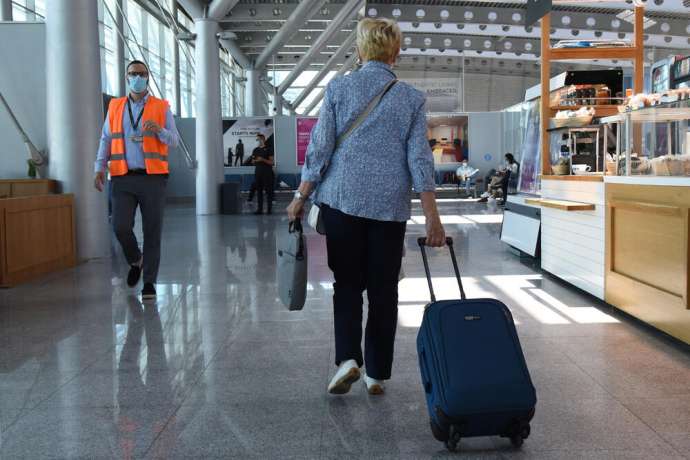November 18, 2020 - At the airports in Tivat and Podgorica, passenger numbers have decreased by 80.5 percent compared to last year. After Slovenia, this is the second-worst result for the air industry in the region.
Montenegro has the second-largest rate of air traffic decline from the countries of the region of the former Yugoslavia, the specialized web portal ExYu Aviation announced yesterday, referring to the data of the International Airport Council ACI (Airport Council International), writes Vijesti.
Due to the COVID-19 pandemic, at the airports in Tivat and Podgorica passenger numbers decreased by 80.5 percent from January 1 to September 30. Only Slovenia has a slightly worse result in the former Yugoslavia region, where the drop in the number of passengers in air traffic for the first three quarters of this year was 81.5 percent. Croatia has seen a decline of 79.2 percent compared to the first nine months of last year, Bosnia and Herzegovina 78.3, while Serbia declined 68.7 percent compared to the end of the third quarter of 2019, a figure that is relatively close to the European average this year.
Airports in Europe had an average drop in traffic of 67 percent from January to the end of September this year, due to a pandemic. A decrease in the volume of air traffic of 68.5 percent compared to the end of the third quarter of last year was also recorded by Macedonia, while in Kosovo, it decreased by 60.6 percent.
The detrimental effect of coronavirus on tourism and the travel industry is best evidenced by data on the drop in traffic at airports in the former Yugoslavia, which are primarily focused on providing services to tourists coming to spend their summers on the Adriatic coast.
Thus, in the first nine months of this year, among the ten busiest airports in the former state, the greatest reduction in traffic, a fall of 87.7 percent compared to the same period last year - was recorded by Dubrovnik Airport. Tivat Airport had a traffic drop of 86 percent and in nine months served only 172,493 passengers. The situation is similar in Split, which had 78.9 percent fewer passengers in the first nine months of this year compared to last year. A similar drop of 81.5 percent was recorded at the airport in Ljubljana, which was reflected in the fact that Slovenia recently lost its national airline. "Adria Airways," which performed most of the air traffic in Slovenia, went bankrupt.
According to ACI data, the airport in Podgorica served a total of 278,005 passengers in the first nine months of this year, 73 percent less than in the same period last year.








